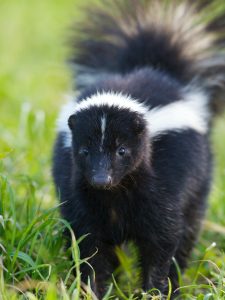Unraveling the Mysteries of Badgers: Their Past, Characteristics, and Habits
Badgers, recognized as compact, burrowing beings, have been a part of our world for countless generations, intriguing us with their unique attributes and a spectrum of behaviors. This blog post wants to provide an in-depth understanding of these remarkable creatures.
Intriguing Facts about Badgers
Badgers are compact, low-legged mammals from the Mustelidae family, which also feature otters, weasels, and ferrets. There are about 11 species of badgers, grouped into three subfamilies: Melinae (European badgers), Mellivorinae (Honey badgers), and Taxideinae (American badgers).
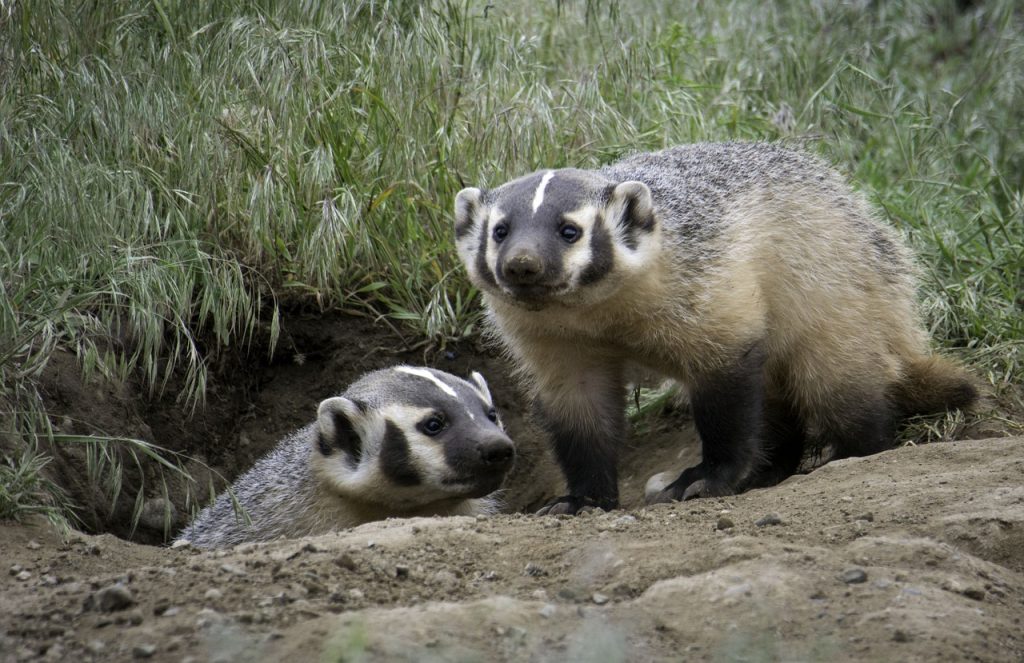
The Scientific Classification of Badgers
Badgers come under the Carnivora order and the Mustelidae family, with several genera, including Meles, Mellivora, Taxidea, and Arctonyx. Each genus consists of different badger species found in various global regions.
A Glimpse into the History of Badgers
The existence of badgers traces back to roughly 20-30 million years ago. Their ancestors’ fossils have been unearthed in many parts of Europe and Asia. American badgers were first scientifically described by Constantine Rafinesque in 1817, while European badgers were already identified by ancient writers such as Aristotle.
Scientific Nomenclature
The scientific monikers for some of the most familiar species include:
- The European badger (Meles meles).
- The Honey badger (Mellivora capensis).
- The American badger (Taxidea taxus).
Various Badger Species
There’s a variety of badger species, including the well-known European, Honey, and American badgers. Additionally, we have the Japanese badger (Meles anakuma), Asian badger (Meles leucurus), and several ferret badger species belonging to the Melogale genus.
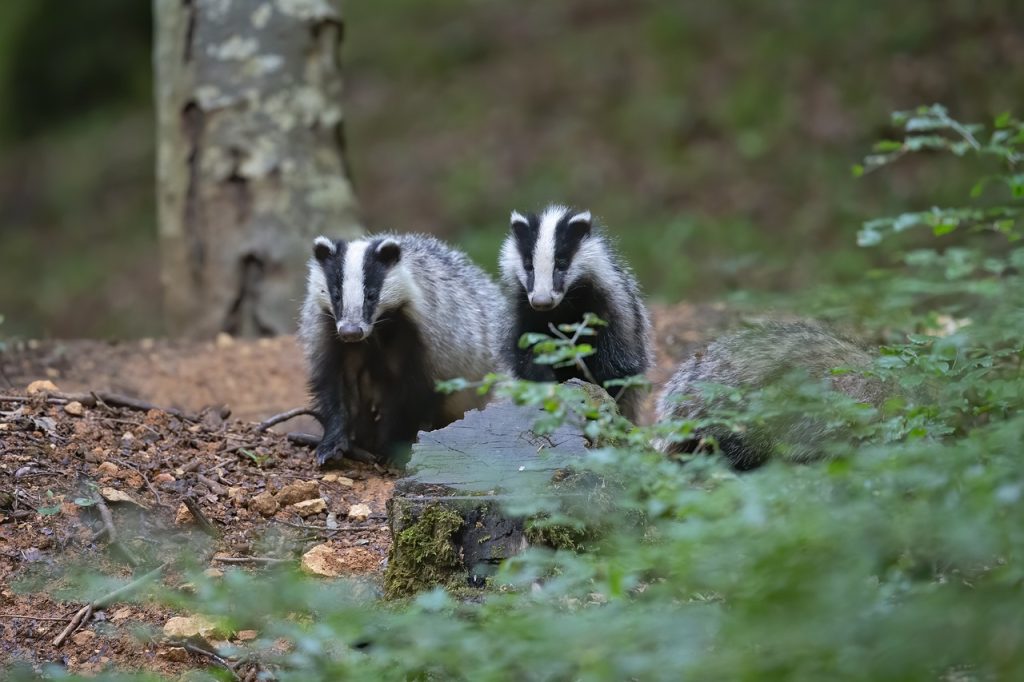
Diet of Badgers
Badgers are omnivorous in nature, consuming an array of foods such as earthworms, insects, small mammals, birds, and their eggs, as well as roots and fruits, thus exhibiting a diverse diet.
Physical Appearance and Conduct of Badgers
Physical Traits of Badgers
Badgers are easily recognized due to their sturdy bodies, short limbs, and distinctive black-and-white striped facial features. They possess sharp claws, perfect for digging, and their body size varies significantly across species. For example, the American badger can weigh between 9-11 kilograms, whereas the honey badger is smaller and weighs less.
Natural Predators and Challenges
Badgers have predators like wolves, coyotes, and bears. Nevertheless, their impressive defensive mechanisms mean that adult badgers have few natural predators. Threats include habitat destruction and conflicts with humans, particularly farmers, due to their burrowing activities.
Conduct of Badgers
Badgers are nocturnal and highly territorial creatures. They reside in complex burrows called ‘setts,’ inherited from their ancestors. Some species prefer solitude, while others, like the European badger, thrive in social groups.

Threats to Badgers and their Conservation Status
While most badger species are currently categorized as ‘Least Concern’ by the IUCN (International Union for Conservation of Nature), they face threats due to habitat loss and persecution. For instance, honey badgers often get killed out of retaliation for attacking poultry or livestock.
Reproduction, Offsprings, and Lifespan of Badgers
Badgers experience a pregnancy period of about 6-7 weeks, after which they produce 1-5 offspring. The young badgers stay in the sett until approximately eight weeks old. In the wild, badgers live for about 4-14 years, depending on the location of their habitat. But in captivity, some have been reported to live up to 25 years.
The Century-Old Homes of Some Badgers
Certain setts, or badger homes, are known to be over 100 years old. These burrow systems are passed down from past generations and are extended and cared for by succeeding ones, demonstrating badgers’ unique bond with their environment.
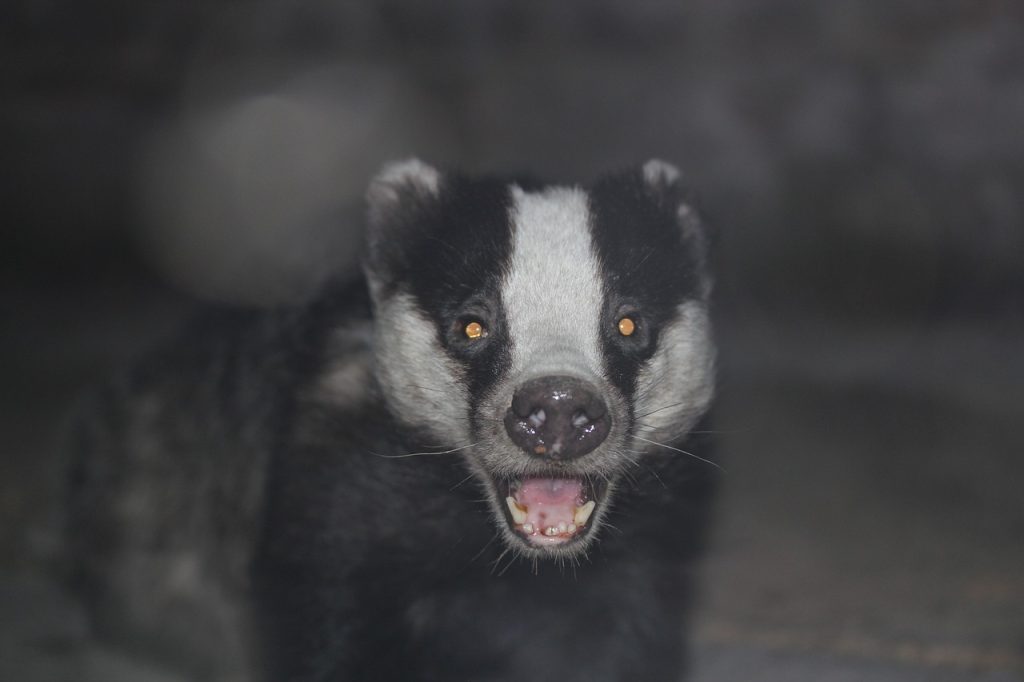
Fascinating Facts
European Badgers (Meles meles):
- One of the standout features of European badgers is their black and white facial stripes. These iconic markings extend from their snouts to their ears, distinguishing them from other species and aiding in mutual recognition.
- Unlike many badger species, European badgers are truly sociable creatures. They form communities known as clans and often inhabit burrow systems, or ‘setts,’ which can be passed down through generations. The European badger is the most sociable of the species, dwelling in groups of up to 15 members.
- Their diet is incredibly diverse. As omnivores, they feast on a wide variety of food, including earthworms, insects, fruits, nuts, and small mammals. In fact, earthworms can constitute up to 60% of their food intake.
American Badgers (Taxidea taxus):
- American badgers are renowned for their digging skills. With their muscular forelimbs and lengthy claws, they can dig burrows and search for food efficiently. Their digging also serves an ecological function, aerating the soil.
- These badgers are loners by nature. Adults usually interact solely for mating purposes. Their territories are extensive and fluctuate based on food availability.
- Their size belies their fearlessness and strength. American badgers are bold and are capable of hunting prey larger than themselves when the need arises.
Honey Badgers (Mellivora capensis):
- Honey badgers have a reputation for being tough and audacious. The honey badger ranks among the bravest animals globally, known to confront larger predators, including lions. They can hold their ground against much larger predators like lions and hyenas, courtesy of their thick, rubber-like skin.
- Although their name might suggest a predilection for honey, it isn’t a staple in their diet. They are, however, fond of bee larvae, often found within beehives alongside honey, thus earning them their name.
- Their ability to dig tunnels into hard ground within minutes is nothing short of impressive. Honey badgers utilize this skill not only to bypass obstacles but also to access food sources and create dens for security and rest.
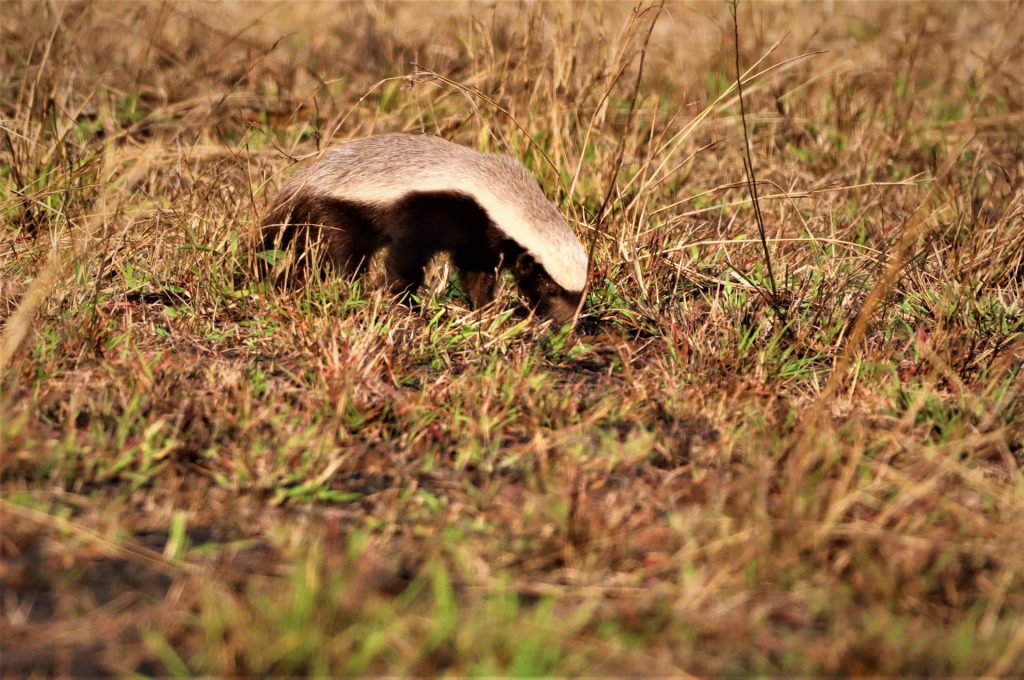
Are Badgers Carnivorous, Herbivorous, or Omnivorous?
Badgers are omnivores, eating both meat and plant-based foods. They display a varied diet based on the food availability in their habitat, ranging from small mammals and insects to roots and berries.
In a nutshell, badgers are captivating animals with unique characteristics. Despite their simple appearance, they exhibit extraordinary adaptability and resilience, making them an interesting subject of study for both nature enthusiasts and professionals.






